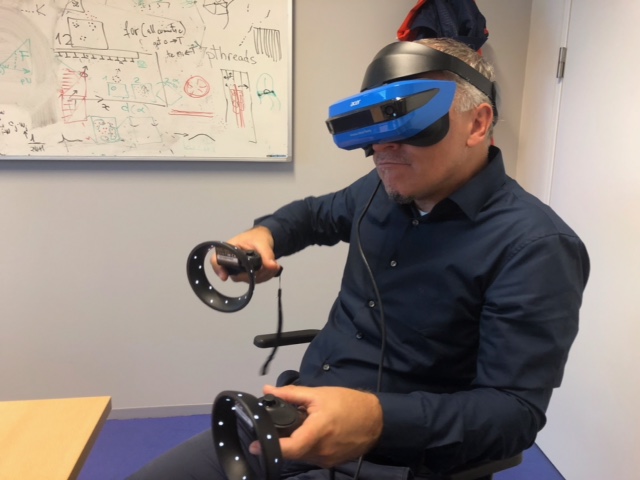Courses
A selection of courses we developed is listed below. We have taught these for several years to varied audiences (undergraduates, graduates, IT professionals, both nationally and abroad).
Important: This material is provided in good faith. If you use material from this source in your own courses or presentations, acknowledging the author and source is required.
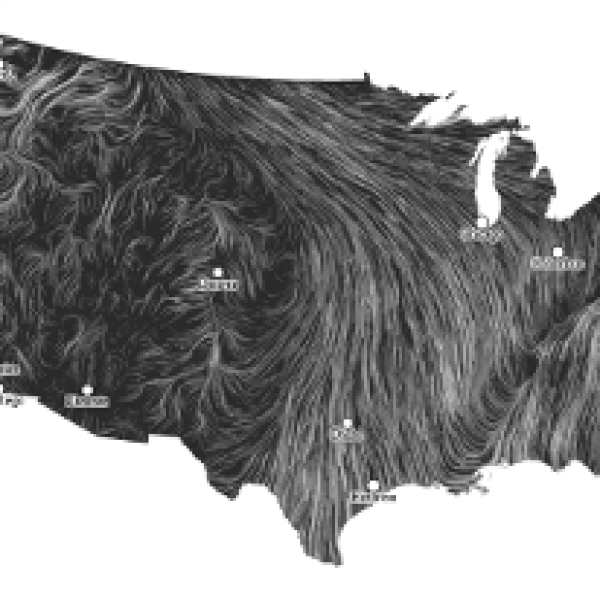
| Data Analytics Applied data analytics is a multidisciplinary field teaching insights needed to make sense of data, research, and observations from everyday life. We teach how to apply a data-driven approach to problem-solving. Students will not only learn about tools, methods, and techniques, or the latest trends, but also more generic insights: why do certain approaches work, why the field is so popular, what common mistakes are made. Lectures provide the theoretical background of how a data analytics process should be performed. We discuss an overview of popular data analytics and visualization techniques to help match techniques with information needs, including applications of text mining and data enrichment. | |
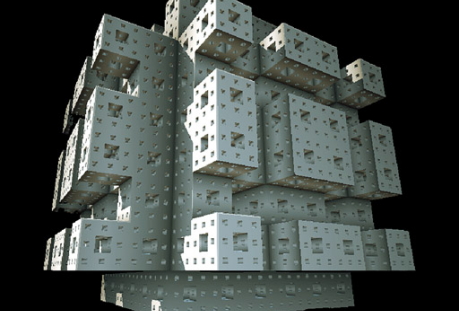
| Computer Graphics This is an introductory course about computer graphics, focusing on the very basics of modeling and rendering, i.e., the mathematical description of three-dimensional scenes and how to create (realistic) images of such models. The course covers rendering algorithms (rendering primitives with raytracing and rasterizing), geometric transformations, the graphics pipeline, and all implementation details required to create an end-to-end graphics application. | |

| Advanced Computer Graphics This master course addresses advanced topics in 3D computer graphics. The focus of the course is physically-based rendering of 3D scenes. The course has two main focus areas: Rendering Algorithms and Making Rendering More Efficient. The rendering algorithms include Whitted-style ray tracing and path tracing. Efficiency will be sought through Acceleration Structure Construction and Traversal and Variance Reduction (rather than low level optimization). | |
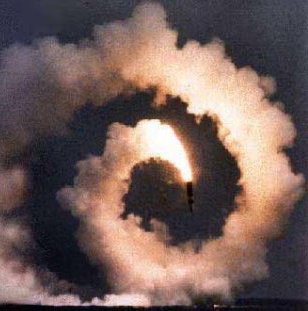
| Optimization and Vectorization This is a practical course on optimization: the art of improving software performance, without affecting functionality. We apply high level and low level optimizations, in a structured manner. Especially for the low level optimizations, we must intimately understand the hardware platform (CPU, GPU, memory, caches) and modify our code to use it efficiently. | |
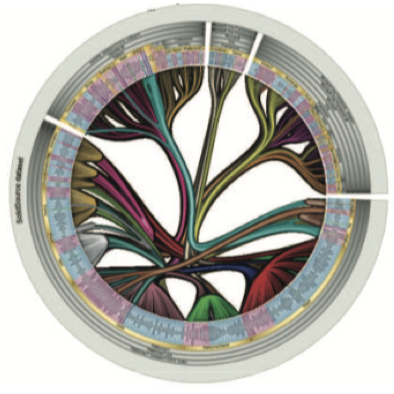
| Information Visualization This course aims to prepare students to act as professionals able to execute the design, construction, and evaluation of information visualization pipelines. The course presents methods and techniques of information visualization that enhance comprehension, communication and decision making in the context of large and complex data. In the practical part of the course, the design of these visualization methods is in the focus. | |

| Responsible Data Science This course covers a range of skills that modern data scientists need. Students will familiarize with the state-of-the-art research on the ethics of data science; define, describe and recall basic concepts and principles underlying responsible data science; identify stakeholders and ethical implications of data science in healthcare, design, crime, education, science, job markets, business, journalism; understand ethical implications of data science algorithms on privacy, surveillance, discrimination, access to information, security, free will, human rights, social norms. | |
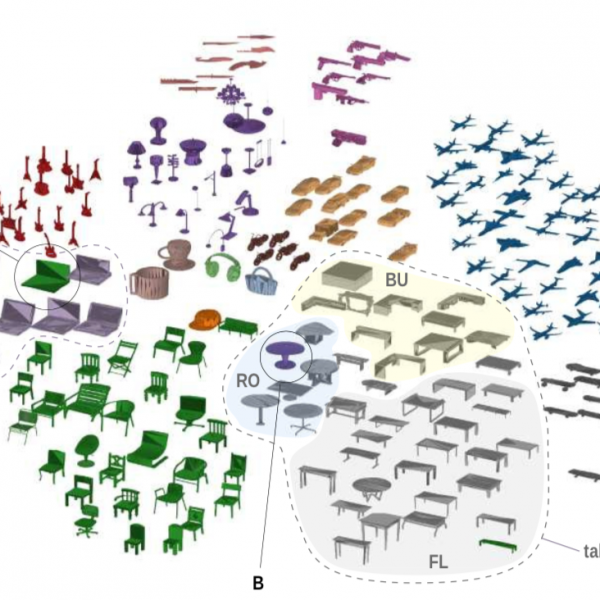
| Multimedia Retrieval Multimedia retrieval consists of the theory, techniques, and tools that enable end users to search content of interest in large data collections consisting of (hyper)text, images, videos, audio, and 2D and 3D shapes. The aim of this course is to provide an in-depth coverage of multimedia retrieval (MR) techniques, including data preprocessing, feature extraction, distance computation, scalability, evaluation, and visual exploration. The course is assessed by means of a hands-on project during which students build an end-to-end 3D shape retrieval system. | |
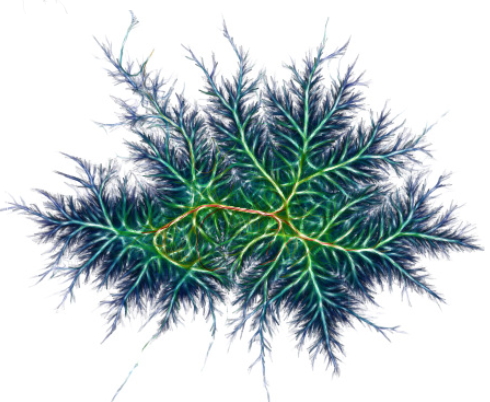
| Data Visualization This course teaches Data Visualization methods with a focus on relational and high-dimensional data. Such data appear in many of real-life applications from science, social phenomena, and engineering. The course is divided into two parts: parts - relational and high-dimensional data - as follows. For relational data, we cover various types of trees and graphs. For high-dimensional data, we focus on dimensionality reduction methods. | |

| Multimedia Discourse Interaction This course addresses the complexity of interacting with information, implicitly contained in data, that is useful for a user's task. The goal is to convey information to a user at a high level, allowing them to browse "concepts" rather than objects (such as images, webpages or research papers) and at the same time allow them access to the items described via these concepts. The course challenges participants to acquire and disseminate knowledge about a complex subject in an interactive way. The lecturer makes a pre-selection of relevant research papers and web references. Students are expected to supplement these with their own literature search. They are expected to take the lead on proposing, preparing, executing and presenting projects. |
